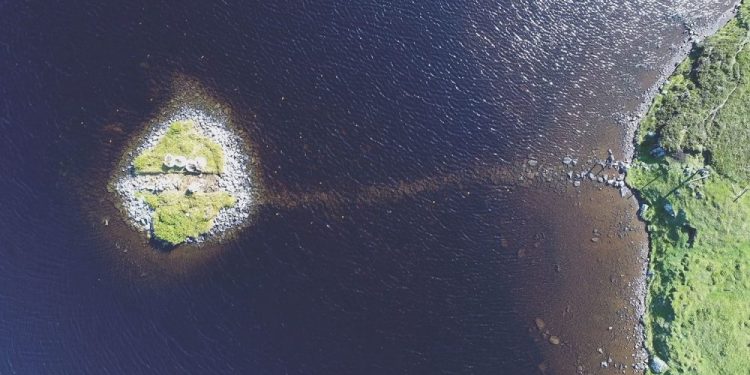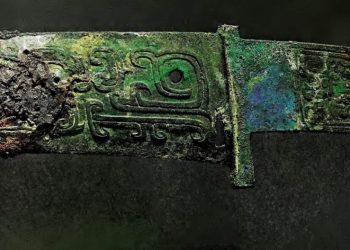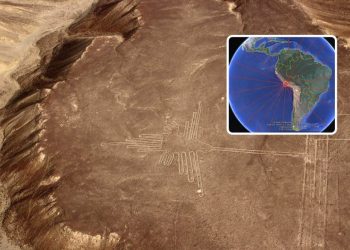According to a recent study published in Antiquity, hundreds of small islands around Scotland did not arise naturally. According to scientists, these small islets are artificially built structures crafted out of boulders, clay, and timbers more than 5,600 years ago by Neolithic people.
Miniature islands called Crannogs
Scientists have known that these fake miniature islands called ‘crannogs’ existed for decades, but they did not know their exact age. It was assumed that crannogs were constructed more recently, during the Iron Age, around 2,800 years ago. But the new study argues that the small islands are much older than previously thought and were built in a special location for Neolithic people.
Divers exploring the immediate surroundings of the islands have discovered artifacts that indicate the location was of some importance to the ancients. It was initially thought that the Scottish islets were created around 800 B.C. Some were reused in later history up until the 1700s. But a few decades ago, it emerged that some of the islands might have been created much earlier in history.
Artificial islands off the coast of Scotland
To find out, experts from the United Kingdom, Duncan Garrow from the University of Reading, and Fraser Sturt from the University of Southampton joined forces in 2016 and 2017 as they investigated the islets located in the Outer Hebrides, just off the coast of northern Scotland. They explored crannogs in three lakes: Loch Arnish, Loch Bhorgastail, and Loch Langabhat, reports Live Science, and found some surprising things. Radiocarbon dating revealed that four crannogs were built between 3640 B.C. and 3360 B.C.
Neolithic structures
Further evidence gathered, like ground and underwater surveys and excavations, also pointed to the fact that the islets date back to the Neolithic. So far, no Neolithic structures have been discovered on the islands, but not all crannogs have been properly cataloged, explored, and excavated. Divers found pottery fragments and burnt pottery around the islets at Bhorgastail and Langabhat.
As noted by Live Science, the researchers believe the pottery was dropped into the lakes intentionally, probably for ritual purposes. There are nearly 600 islets in Scotland alone, but more are in Ireland. Around 10 percent of the Scottish crannogs have been radiocarbon dated, which means there could still be much older crannogs out there waiting to be explored.
Have something to add? Visit Curiosmos on Facebook. Join the discussion in our mobile Telegram group.











